Er-zico - Leisure

More Posts from Er-zico and Others


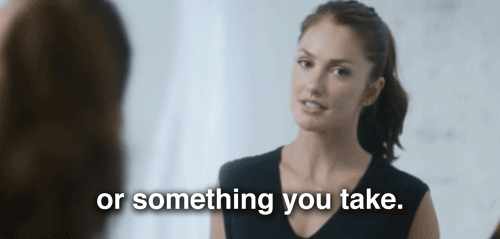
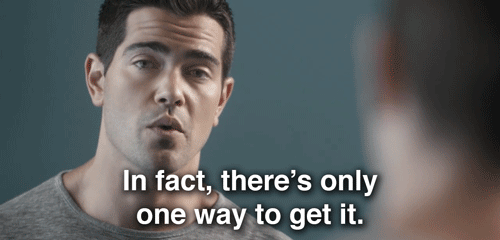
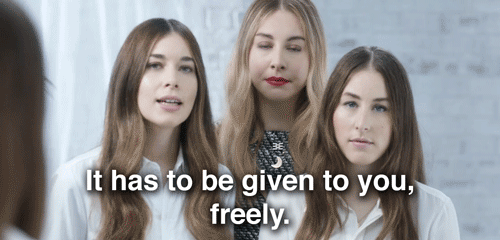
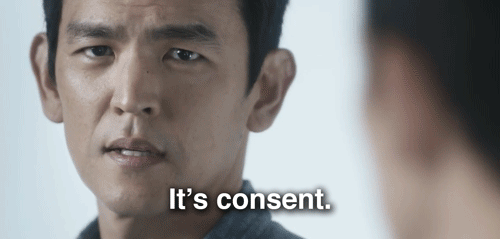

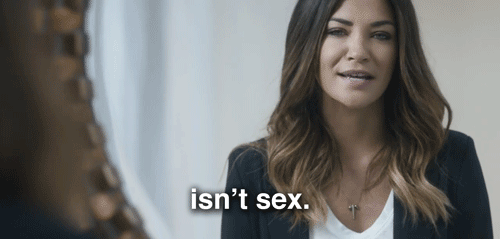
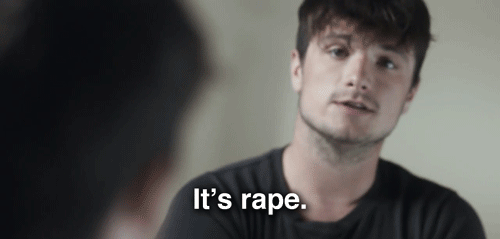
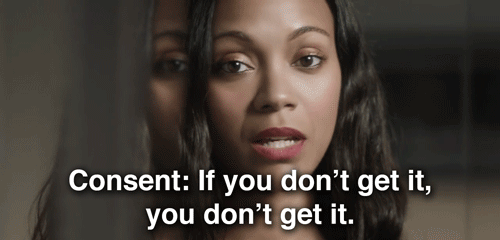
Consent: If you don’t get it, you don’t get it. Take the pledge to help stop sexual assault at ItsOnUs.org.



To those who celebrate it, Happy Independence Day! Enjoy the parabolic envelopes that form while those bright, sparkling, parabolic curves are etched into the sky tonight…

5 Ways to Challenge Mental Health Stigma
By Palmer Hipp–May is Mental Health Month, and even though school is winding down, it’s the perfect time to learn about mental health and ways to fight stigma.
If you are experiencing or have a history of mental illness, what are comments you’ve received from your family or friends?
“Why can’t you just be happy?”
“She’s just looking for attention.”
If you are experiencing or have a history of mental illness, what are comments you’ve told yourself?
“Why try? I’m not good enough.”
“No one will love me looking like this.”
These are just a few examples that came to mind. Individuals experience negative stereotypes because others perceive them as “different.” Stigma is the process of distinguishing and labeling group differences, stereotyping and separating “us” vs. “them,” as well as status loss and discrimination.
In America, 1 in 5 adults will have a mental illness during their lifetime. Nearly 60% of adults with mental illnesses do not receive treatment in a given year. Stigma generates shame, hopelessness, exclusion, lack of social support and low self-esteem. Those impacted by stigma are less likely to seek help and accept help if offered.
So how do we fight stigma? I have been a member as well as president of the Active Minds chapter on my university’s campus, and if anyone is familiar with the organization, you’ll easily recognize the phrase “Stigma Fighter.” It’s a name I proudly call myself, and it adequately describes the battle needed to challenge mental health stigma. I encourage you to become an advocate and fight the stigma surrounding mental health.
Here are five ways to challenge mental health stigma:
1. Learn the facts
Educate yourself about mental health and mental illness. If you learn the facts, you can teach others.
2. Speak up
Assist your friends or family members any time they display false beliefs or say stigmatizing and hurtful comments. Use this as a chance to educate and challenge. Many times people are misinformed and do not know that what they believe to be true is really just stereotypes and misconceptions. Test any false and stigmatizing comments and images portrayed in the media.
3. Language matters
Become aware of the language you use. Generic labels like “crazy” can be disrespectful and further increase stigma. Put people first, not their conditions. For example say, “person with anorexia” rather than “anorexic." [Ed note: while this is a good practice for eating disorders, please keep in mind that some people with other disorders (e.g., autism) may prefer identity-first language. When in doubt, ask (respectfully)!]
4. Show empathy
Show respect, compassion and love toward others. Don’t label or judge. People are more than their diagnoses. Recognize that mental illnesses are treatable and very common—break the stigma with attitudes and behaviors.
5. Talk
Share your story if you experience or have a history of mental illness. The best way to help others realize they are not alone is to talk openly about your struggles and triumphs. Mental health should not be a secret. The more people talk openly, the more likely someone else will be to seek help and remove the perception surrounding mental health.
Now that we’ve left behind the philosophy of religion, it’s time to start exploring what other ways might exist to find meaning in the world. Today we explore essentialism and its response: existentialism. We’ll also learn about Jean-Paul Sartre and his ideas about how to find meaning in a meaningless world.
Keep reading
The Surprising And Varying Kinds Of Intelligence- Which One Is Yours?

In our modern day society we find that the educational system has a very narrow perspective of intelligence, mostly linguistics and logical knowledge. The groups who fall within the parameter of these intelligence sectors, can prize themselves as lucky.
What happens when our schooling system mostly focuses on these sectors? Well, a very big percentage of the people gets left out. By doing so, there is a big possibility that this group gets labeled as less intelligent, while the truth can be very much the opposite. Their intelligence may just lie in a different category.
The theory of multiple intelligence was first published by Howard Gardner in 1983. In his book called Frames of mind, he describes seven different intelligence categories. Over the years a couple additional categories has been added, with the latest suggestion for an addition in the beginning of this year.
With this theory Gardner wants to show that the norm of what is called ‘intelligence’ in our society is too narrow. People can be highly intelligent in other areas. Which one of the next categories applies to you?
Keep reading

(via Your Brain on Beer Vs Coffee)










Planet Series - Beau Wright



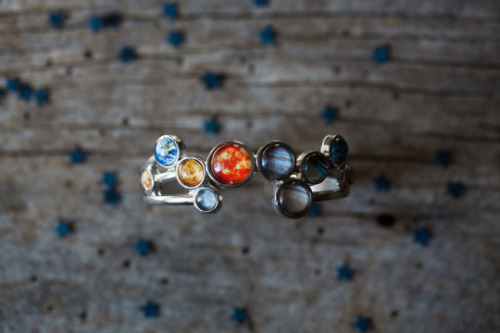
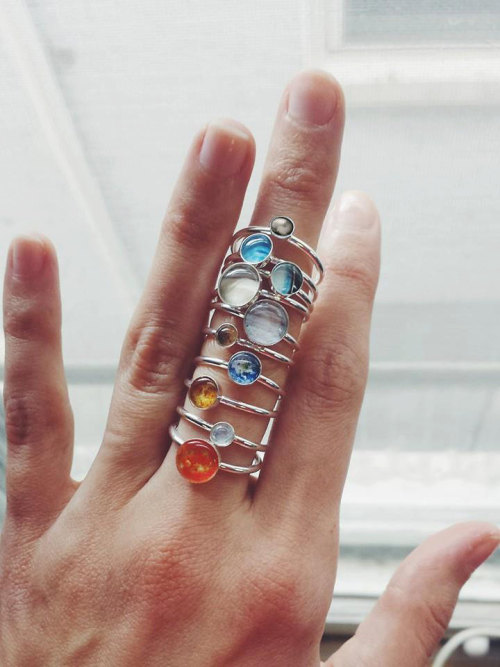

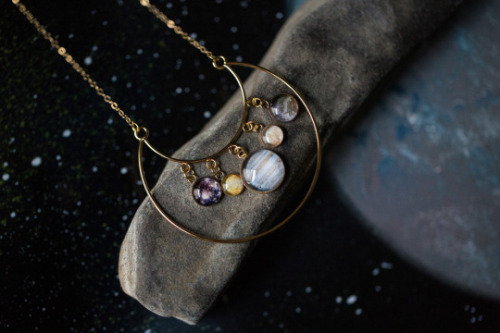
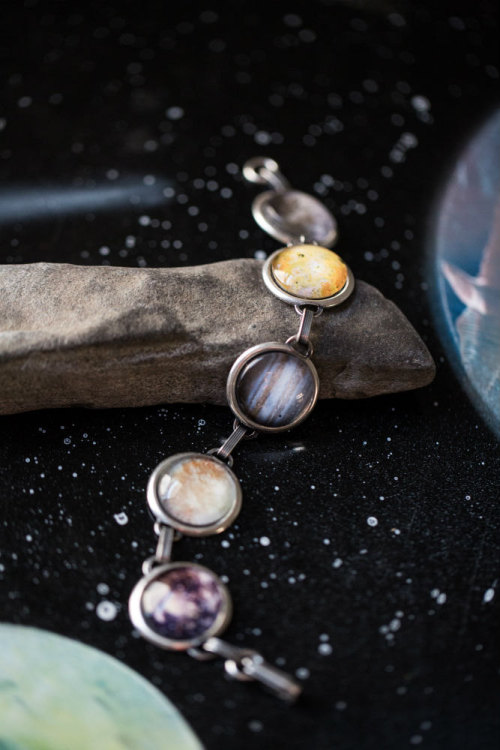
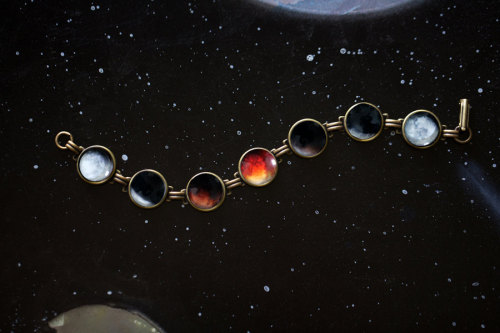
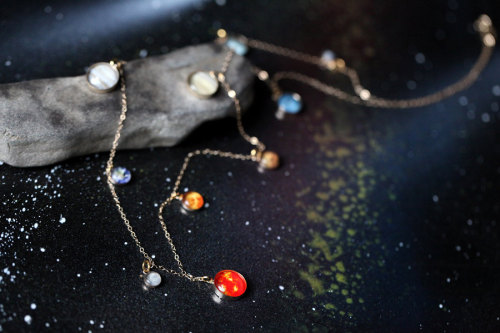
Stunning Jewellery Collection Pays Homage to the Solar System by Lauren Beacham
American artist Lauren Beacham left her job as a gallery director to dedicate her herself and artistry to her newfound passion as a jewelry designer. With a BFA in photography, Beacham transformed a creative outlet into a full-time job. As the studio continued to grow, her husband joined Yugen as a partner and business development director. A reflection of her otherworldly-inspired work, her independent boutique is named after the Japanese term, which is defined as an awareness of the universe that triggers emotional responses too deep and mysterious for words.
Impassioned by our galaxy, Beacham recreates our solar system in every piece of her jewelry. Composed or a variety of materials, including rhodium plated brass, glass, giclee, magnets and other tools, small images of the solar system are present in every charm. The inclusion of the phases of the moon, one of the biggest muse in art is carefully placed in charming bracelets. Its obscure and intriguing beauty is easily admired up close.
Overall Beacham caters to the nostalgic stargazer who is in love with mystery and beauty beyond grasp. She allows us to take fragments of stardust everywhere with us. The demand to be inspired and to dream is reflected in her work. Romantic in nature, every detail causes a sense of lost nostalgia and chimera. You can find her entire collection in her Etsy shop.
View similar posts here!

(Image caption: Because babies born prematurely are still developing, they typically have smaller brains than full-term infants. Shown are depictions of the cortical-surface area of the brain at different points in gestation. Illustration by Eric Young)
Breast milk linked to significant early brain growth in preemies
Feeding premature babies mostly breast milk during the first month of life appears to spur more robust brain growth, compared with babies given little or no breast milk.
Studying preterm infants in the Neonatal Intensive Care Unit (NICU) at St. Louis Children’s Hospital, the researchers found that preemies whose daily diets were at least 50 percent breast milk had more brain tissue and cortical-surface area by their due dates than premature babies who consumed significantly less breast milk.
The researchers, at Washington University School of Medicine in St. Louis, presented their findings May 3 at the annual meeting of the Pediatric Academic Societies, in Baltimore.
“The brains of babies born before their due dates usually are not fully developed,” said senior investigator Cynthia Rogers, MD, an assistant professor of child psychiatry who treats patients at St. Louis Children’s Hospital. “But breast milk has been shown to be helpful in other areas of development, so we looked to see what effect it might have on the brain. With MRI scans, we found that babies fed more breast milk had larger brain volumes. This is important because several other studies have shown a correlation between brain volume and cognitive development.”
The study included 77 preterm infants. The researchers retrospectively looked to see how much breast milk those babies had received while being cared for in the NICU. Then, the researchers conducted brain scans on those infants at about the time each would have been born had the babies not arrived early. All of the babies were born at least 10 weeks early, with an average gestation of 26 weeks, or about 14 weeks premature. Because they are still developing, preemies typically have smaller brains than full-term infants.
First author Erin Reynolds, a research technician in Rogers’ laboratory, said in gauging the effects of breast milk on the babies’ brains, the researchers didn’t distinguish between milk that came from the babies’ own mothers and breast milk donated by other women. Rather, they focused on the influence of breast milk in general.
“As the amount of breast milk increased, so did a baby’s chances of having a larger cortical surface area,” Reynolds said. “The cortex is the part of the brain associated with cognition, so we assume that more cortex will help improve cognition as the babies grow and develop.”
Preterm birth is a leading cause of neurologic problems in children and has been linked to psychiatric disorders later in childhood. Rogers and her team plan to follow the babies in the study through their first several years of life to see how they grow, focusing on their motor, cognitive and social development. As the babies get older, the researchers believe they will be able to determine the effects of early exposure to breast milk on later developmental outcomes.
“We want to see whether this difference in brain size has an effect on any of those developmental milestones,” Rogers said. “Neonatologists already believe breast milk is the best nutrition for preterm infants. We wanted to see whether it was possible to detect the impact of breast milk on the brain this early in life and whether the benefits appeared quickly or developed over time.”
Rogers said further investigation is needed to determine specifically how breast milk affects the brain and what is present in the milk that seems to promote brain development. She explained that because all of the babies in the study were born early it isn’t clear whether breast milk would provide similar benefits for babies born at full term.
Dear Readers,Welcome to my personal blog. I'm Sabyasachi Naik (Zico,24).An Agnostic,deeply NON religious(atheist), and Secular Progressive Civil Engineer . I'm brown and proud to be an Indian tribe. “I want to say a word to the Brahmins: In the name of God, religion, sastras you have duped us. We were the ruling people. Stop this life of cheating us from this year. Give room for rationalism and humanism.” ― Periyar E.V. Ramasamy
198 posts